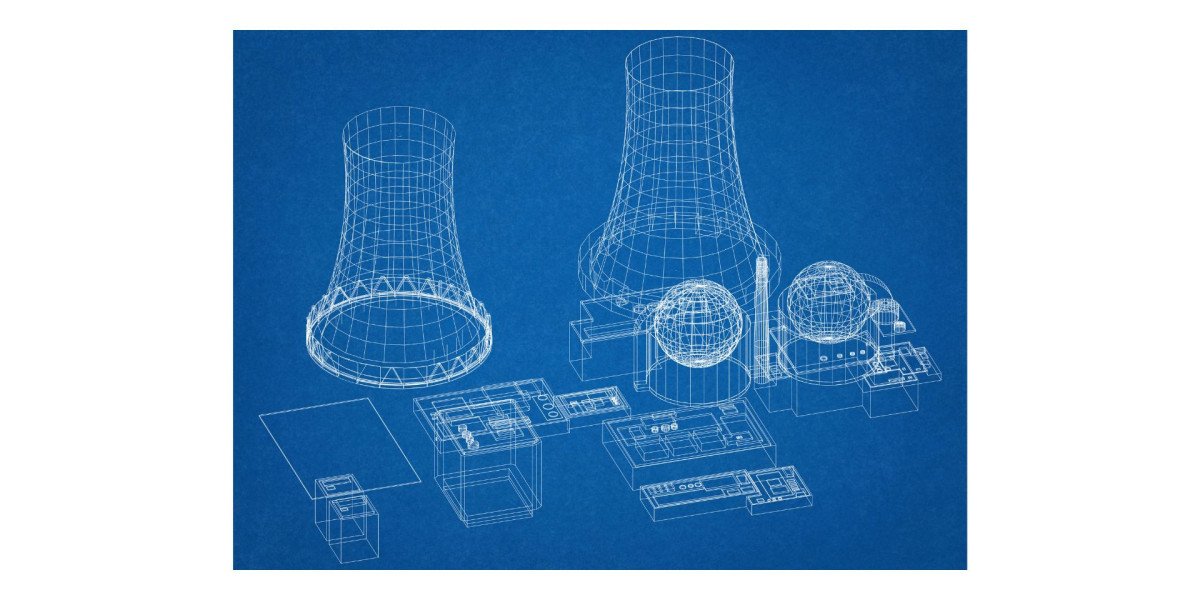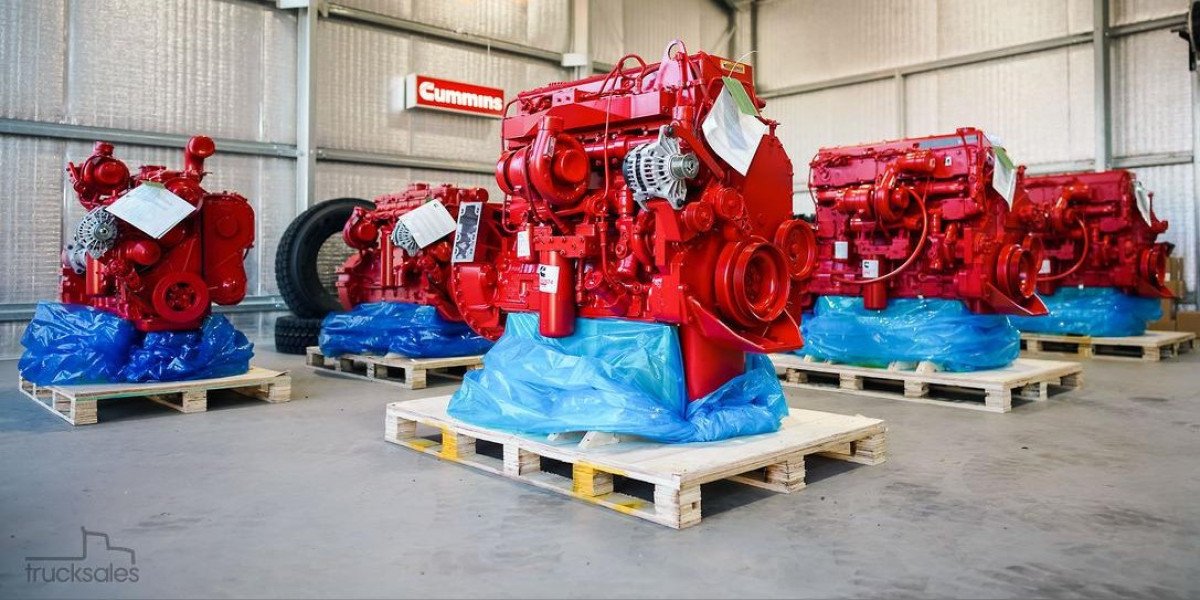While consumers marvel at the latest smartphones with terabyte storage or lightning-fast laptops, a less visible but equally dramatic competition is unfolding in semiconductor cleanrooms around the world. This is the race to perfect NAND flash memory, the essential storage medium for the digital economy. The industry is characterized by colossal capital investments, rapid technological obsolescence, and strategic maneuvering as companies vie for leadership in a sector that is fundamental to global tech innovation. The outcomes of this race will dictate the price, performance, and capacity of storage for years to come.
The financial scale of this endeavor is immense. According to Straits Research, the global NAND flash memory sector was valued at USD 80.68 billion in 2024 and is expected to grow from USD 85.84 billion in 2025 to reach USD 140.89 billion by 2033, growing at a CAGR of 6.39% during the forecast period (2025-2033). This steady growth, while slower than some tech sectors, represents the foundational nature of memory; it is a necessity whose demand is buoyed by the continuous expansion of digital content and cloud services.
Global Competitors and Strategic Responses
The competitive dynamics are shaped by technological prowess, manufacturing scale, and geopolitical factors.
Samsung Electronics (South Korea): Leveraging its integrated business model, Samsung uses its leading-edge NAND in its own vast product portfolio, from phones to servers. Their recent strategy involves increasing the proportion of high-value-added products, such as SSDs for enterprise clients, to maintain profitability amid periodic industry downturns and price fluctuations.
SK Hynix (South Korea): SK Hynix has recently gained significant attention for its leadership in High-Bandwidth Memory (HBM) for AI chips. This success is allowing it to cross-leverage expertise and investment into its NAND division. Their focus is on creating synergies between HBM and NAND to offer optimized total memory solutions for data center customers.
Micron Technology (USA): As the leading US-based memory manufacturer, Micron's strategy is heavily influenced by domestic policy and the CHIPS Act. Recent updates include plans to bring the production of its most advanced NAND nodes to the United States, ensuring a more resilient supply chain for its American customers, particularly in the government and defense sectors.
Kioxia (Japan) & Western Digital (USA): The potential merger between these two is the biggest story in the industry. By combining forces, they aim to achieve the scale necessary to compete with Samsung in R&D spending and manufacturing capacity. Their recent technical work has focused on improving the reliability and endurance of their 3D NAND, especially for applications requiring constant data writing.
Country-Wise Updates: The strategic importance of memory has turned it into a geopolitical issue. China's push for self-sufficiency, led by YMTC, continues despite export controls. Meanwhile, the United States and Japan are strengthening their collaboration in semiconductor supply chains, directly supporting companies like Micron and Kioxia to counterbalance concentration in South Korea and China.
Emerging Trends and Future Directions
Beyond layer count, several key trends are defining the next chapter for NAND.
Focus on Endurance and Reliability: As QLC and PLC NAND store more bits per cell, maintaining data integrity becomes harder. Advanced error-correction codes (ECC) and sophisticated controller algorithms are critical trends, ensuring that higher-density memories remain reliable over their lifespan.
The Rise of CXL (Compute Express Link): This new interconnect standard is poised to be as transformative as NVMe. CXL allows the CPU to share memory resources more efficiently with devices like SSDs, enabling new, flexible server architectures that can pool storage memory for unprecedented performance.
Differentiation through Controller and Firmware: The raw NAND chip is only part of the story. The intelligence of the SSD controller—managing data placement, wear leveling, and garbage collection—is where manufacturers increasingly differentiate their products, especially in the competitive consumer SSD space.
Sustainability in Manufacturing: The enormous energy and water requirements of semiconductor fabrication are coming under scrutiny. A growing trend is the investment in greener manufacturing processes, with companies publishing sustainability reports and aiming to reduce the carbon footprint of their production facilities.
Recent News and Market Developments
The industry is navigating a complex recovery from a recent downturn. A recent news analysis highlighted that after a period of oversupply and falling prices, major NAND producers, including Samsung and SK Hynix, are deliberately reducing production output to stabilize prices and return to profitability. This coordinated effort demonstrates the industry's sensitivity to supply-demand dynamics. In a significant technological announcement, a research consortium in Europe published a paper on a new type of ferroelectric NAND that could potentially offer much faster write speeds and lower power consumption, pointing to a possible future beyond traditional floating-gate transistors.
(Summary Intro Paragraph)
In essence, the NAND flash memory industry is a dynamic and strategically vital field where technological achievement and business strategy are deeply intertwined. Its continuous innovation cycle ensures that the digital world has the storage foundation it needs to grow. The ongoing advancements will not only make high-capacity storage more affordable but will also unlock new computing paradigms that are yet to be imagined.







